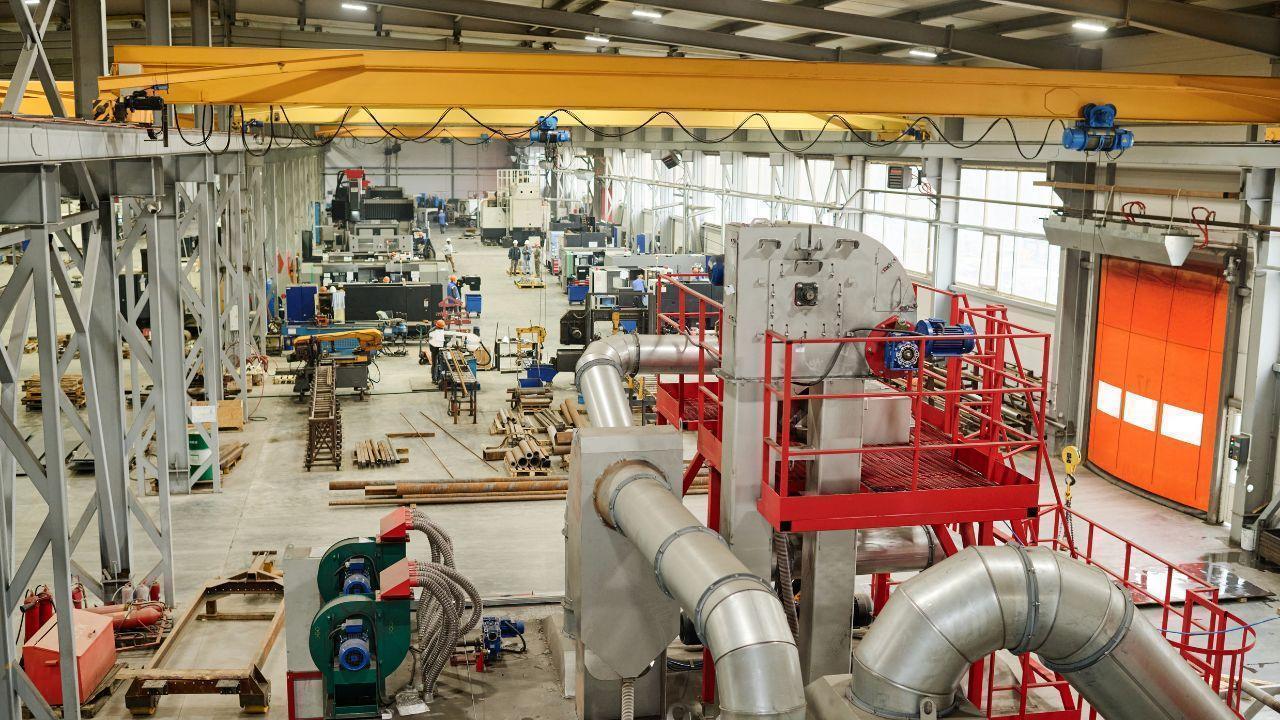
Post by : Meena Rani
With the next generation of aircraft under development and aerospace recognized as a strategic sector in the Government’s Advanced Manufacturing Industrial Strategy, a major transformation is underway in the sector. Companies are not just expanding operations but rethinking their entire manufacturing approach to meet increasing demand and long-term industry requirements.
Project Convergence: A Strategic Partnership
To drive this transformation, the Manufacturing Technology Center (MTC) and Delapena Honing Equipment partnered with aerospace manufacturers to deliver Project Convergence. The initiative focuses on integrating automation, digital systems, and data-driven operations to modernize manufacturing environments. The collaboration is aimed at enabling scalable growth, improved operational resilience, and enhanced production efficiency.
Responding to Industry Growth
The aerospace sector has seen a strong recovery post-pandemic, with airlines placing record orders to meet rising travel demand and fleet upgrades. Industry projections from Airbus and Boeing indicate a need for over 40,000 new commercial jets in the next 20 years.
For manufacturers, this resurgence created both opportunity and operational challenges. New contracts required increased capacity and capabilities, but companies aimed to avoid simply expanding their physical footprint. Leaders emphasized the need to build facilities fit for the future, supporting smarter workflows, adaptable technologies, and a more connected way of working.
Building a Connected and Transparent Factory
The foundation of Project Convergence is a fully connected digital infrastructure. This system provides end-to-end visibility of manufacturing data for every product, enabling real-time monitoring and offline analysis for improved quality control and workflow management.
MTC designed the digital architecture to seamlessly link different systems, ensuring immediate benefits and long-term adaptability. This approach is critical given the long development cycles of aircraft, which require suppliers capable of supporting programs for decades.
IoT systems now automatically manage coolant usage for CNC machines, reducing waste and allowing operators to focus on production rather than machine maintenance. Data from connected systems feeds into a digital twin, enabling precise simulation of asset performance, continuous optimization of workflows, and better-informed decision-making regarding production strategies and investments.
Strategic Automation for Efficiency
Automation has been introduced to reduce repetitive, labor-intensive tasks while maintaining high-quality standards. Directors explained:
“Automation allows manufacturers to produce components faster and more predictably, meeting customers’ demands for reliability and on-time delivery.”
Key areas for automation included assembly and testing of control valves. Previously, these processes required significant manual adjustment and time. Automating these procedures increased operator efficiency tenfold.
Additionally, an automated honing machine was developed to replace a manual finishing process, reducing production time and achieving sub-micron accuracy. Data generated from these processes can now be integrated into the digital infrastructure and shared with customers if required.
Future Capabilities and Expansion
Project Convergence sets the foundation for further advancements in aerospace production facilities. Plans include expanding automation across more processes and leveraging digital infrastructure for predictive analytics and AI-driven optimization.
Leaders emphasized the long-term focus of these initiatives:
“The aim is to provide quality products on time with minimal disruption. Optimal efficiency and productivity will become critical factors in determining production locations. Convergence has positioned manufacturers to meet increasing demand confidently.”
Project Convergence demonstrates a forward-looking approach to aerospace manufacturing, blending automation, digital connectivity, and data-driven insights. By modernizing workflows and infrastructure, aerospace manufacturers are prepared to meet growing industry demands while maintaining quality, reliability, and adaptability for the next decades of aircraft development.
Project Convergence, aerospace manufacturing, advanced manufacturing, automation
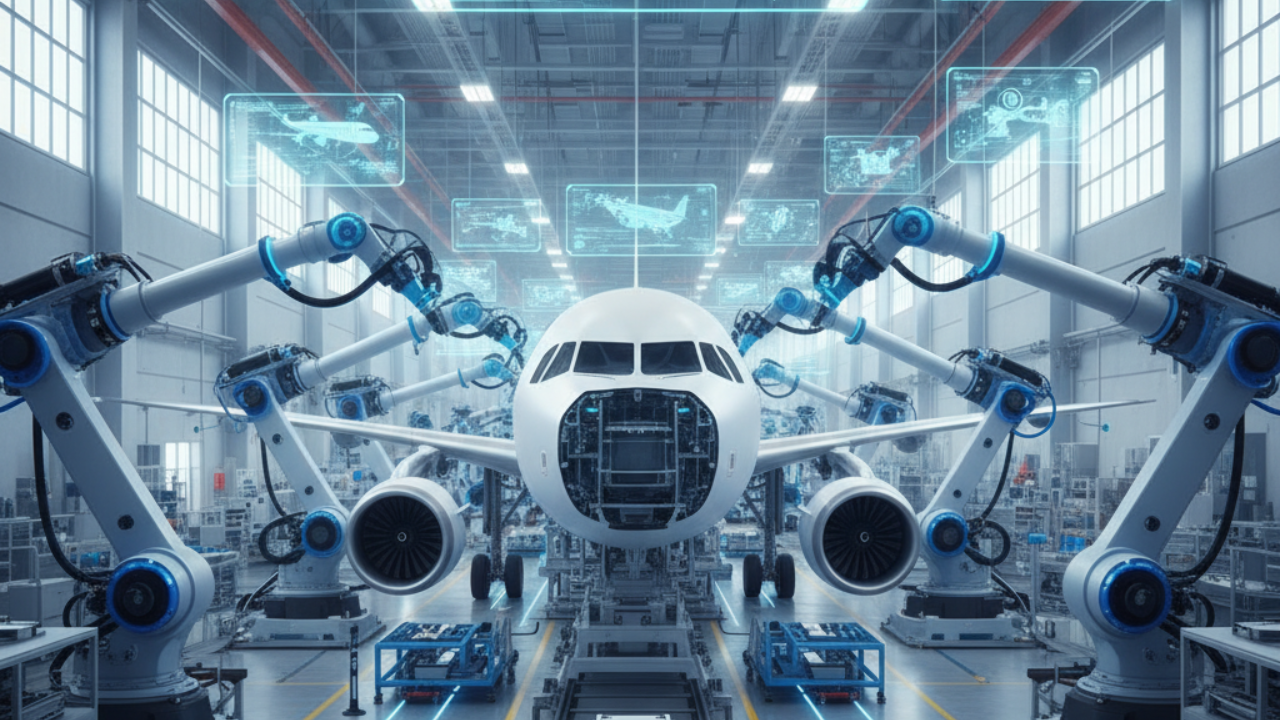
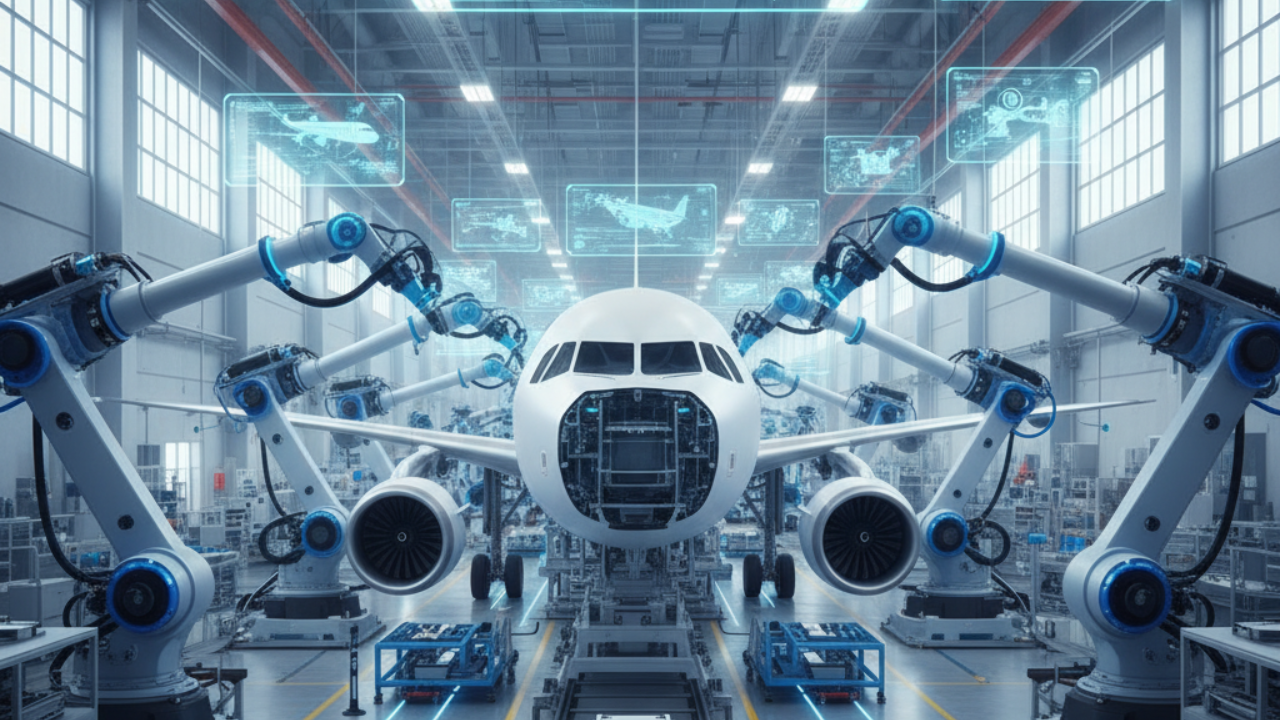
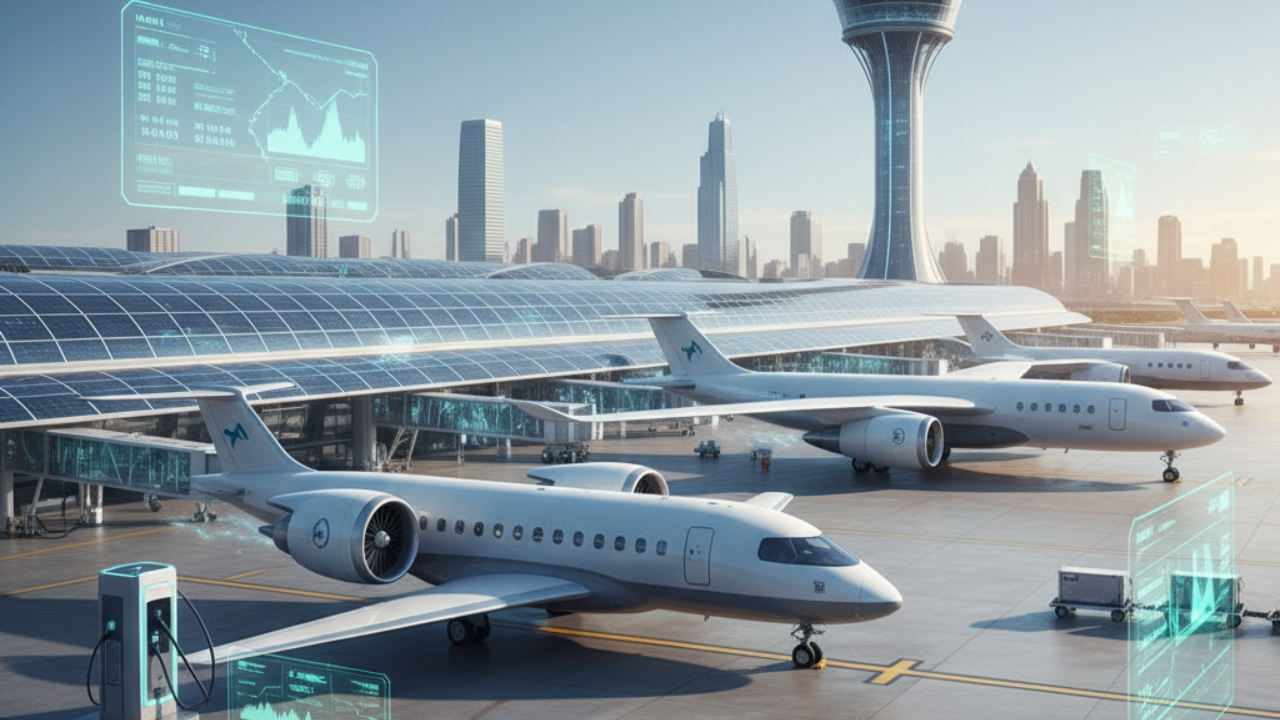
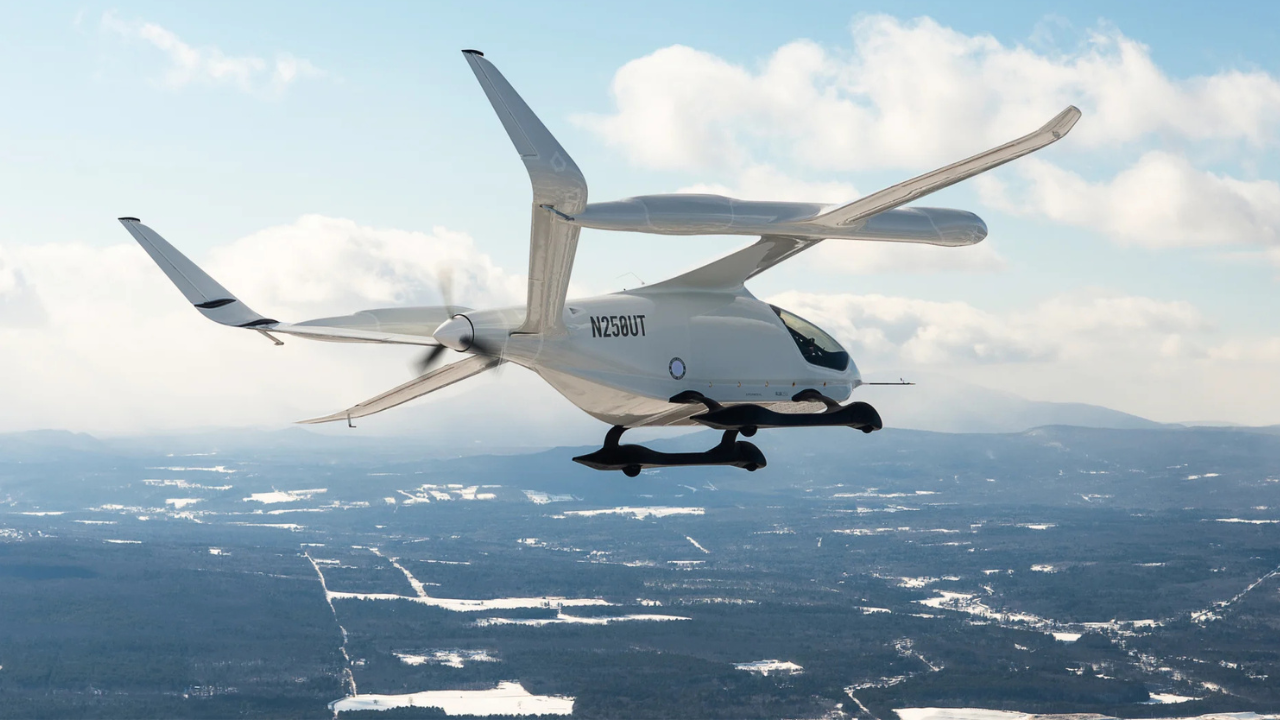






Bengaluru-Mumbai Superfast Train Approved After 30-Year Wait
Railways approves new superfast train connecting Bengaluru and Mumbai, ending a 30-year demand, easi

Canada Post Workers Strike Halts Nationwide Mail and Parcel Services
Canada Post halts operations as CUPW strike disrupts mail and parcel delivery nationwide amid disput

PM Modi Launches BSNL ‘Swadeshi’ 4G Network, 97,500 Towers Built
India enters global telecom league as PM Modi inaugurates BSNL’s indigenous 4G, connecting 26,700 vi

India’s Iconic MiG‑21 Takes Final Flight After Six Decades of Service
After 60 years India retires its MiG‑21 fighter jet, a legendary yet controversial warplane marking

Hindustan Zinc unveils AI hotspot monitoring at Debari smelter
Hindustan Zinc launches AI-powered Switchyard Hotspot Monitoring at Debari smelter to cut outages bo

Chinese experts worked inside sanctioned Russian drone plant
Chinese drone specialists visited IEMZ Kupol supplying parts and drones via intermediaries, deepenin